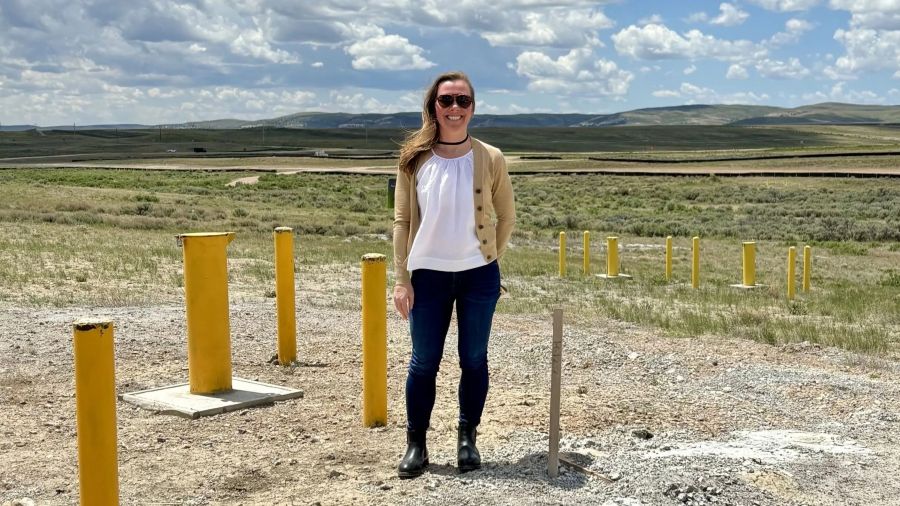ISHOW Finalists Selected for This Year’s Three Events
ISHOW Finalists Selected for This Year’s Three Events
April 21, 2017
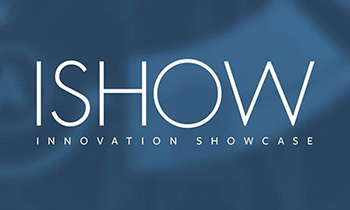
Earlier this month, the organizers of the ASME Innovation Showcase (ISHOW) program selected the 28 finalists who will take part in this year’s ISHOW competitions, which will offer developers of hardware-led innovations that benefit society the opportunity to win a share of $500,000 in prizes and receive an extensive design and engineering review of their products by a panel of industry experts.
Eight teams will compete at the first of the three ISHOWs, ISHOW India, which will be held in Bengaluru on April 27 at Le Méridien Bangalore. Ten finalists will compete at each of the two remaining events, ISHOW Kenya and ISHOW USA, which will take place in Nairobi, Kenya, on May 25, and Washington, D.C., on June 22, respectively.

One of the finalists participating at the ISHOW in India, Anjan Mukherjee, is the creator of the Taraltec Reactor, a low-cost device that eliminates water-borne diseases — including diarrhea, cholera and typhoid — by killing microbes in water from borewell hand pumps and motorized water lines. A second ISHOW India finalist, Katharina Unger, is the inventor of Hive, a desktop structure that provides a clean and efficient approach for raising edible insects, which are a nutritious and inexpensive protein-rich alternative to beef.

In addition, six other social innovators will also compete at the 2017 ISHOW India. These finalists and the entries they will be presenting are:
- Arun Agarwal, JANITRI, an affordable, easy-to-use portable contraction-monitoring device for measuring the frequency, duration and intensity of contractions during the birth process;
- Muhammad Faradis, MINO, an affordable micro bubble aerator for the Southeast Asian aquaculture industry;
- Bhavin Gawali, SWACHH (Saral Design Solutions Private Limited), an India-based designer and producer of machines for manufacturing high-quality ultra-thin sanitary napkins;
- Nitesh Jangir, Saans, a portable continuous positive airway pressure (CPAP) device for maintaining respiration and oxygenation in neonatal patients with respiratory distress syndrome;
- Vignesh Ravi, Raksh, a low-cost wireless in-ear monitor that is used to track the respiration, heart rate, temperature and peripheral capillary oxygen saturation in children; and
- Surabhi Srivastava, BrailleMe, a device that enables visually impaired people to access digital information instantly;
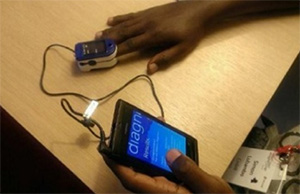
The 10 finalists who have been chosen to compete in ISHOW Kenya include Brian Gitta, the inventor of Matibabu, and Victor Shikoli, the creator of HydroIQ. Matibabu is a noninvasive device that tests patients for malaria and features hardware that can connect to a smart phone to facilitate easy diagnosis. HydroIQ is a GPS- and Internet-enabled device that automatically monitors water use in water supply systems and sends data to an online platform.
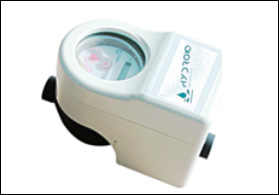
The other finalists competing at the 2017 ISHOW Kenya will be:
- Roy Allela, Sign-io, a translation glove that recognizes sign-language letters and transmits anticipated gestures to an Android application for vocalization;
- Charles Antipem, Science Set, an affordable, portable and highly scalable science lab that can fit into a schoolbag or on top of a student’s desk;
- George Chege, Smart Brooder, a system that provides optimal growth conditions for baby chicks by monitoring and controlling the process of brooding — supplying chicks with supplemental heat in order to regulate their temperature;
- Adriana Garties, Multi-Crop Thresher, a portable, locally manufactured harvester that threshes grain up to 90 times faster than manual methods;
- Emmanuel Kamuhire, Vein Locator, a low-cost device that that allows health care workers in low-resource areas to quickly and accurately insert needles in patients;
- Kathy Ku, Purifaaya, a water-purifying filter that requires no energy, thereby eliminating the greenhouse gas emissions produced by boiling water;
- Angeline Awiti Muga, BabyScope, a cell phone-based fetal heart monitor that enables maternal health care givers to effectively and inexpensively provide expectant mothers with thorough and reliable fetal health data; and
- Esther Mwangi, Social Inclusion Project, a system for increasing access to sanitary pads, diapers and other items through locally produced vending machines within Kenya.
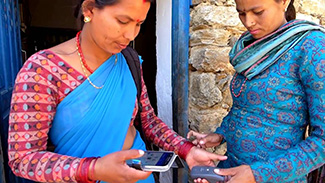
Alexandra Grigore, the inventor of Simprints, and Kenji Tabery, the developer of VeggieNest, are two of the 10 finalists taking part in the 2017 ISHOW USA this June. Simprints is a pocket-sized and open-source fingerprint scanner that has the potential to accurately link the 1.5 billion people currently without formal identification to their health, education and financial records. Tabery’s entry, VeggieNest, is a smart home-gardening system that provides people with a clean and easy way to grow vegetables indoors.
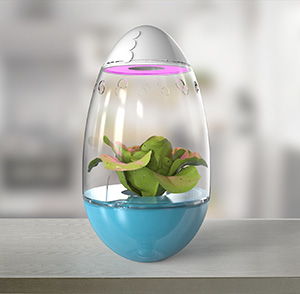
The eight other finalists who will be participating at the 2017 ISHOW USA are:
- Hahna Alexander, SmartBoots, self-charging work boots that use the wearer’s footsteps to power embedded lights, sensors and GPS to improve communication and safety for workers in hazardous environments;
- Jonathan Cedar, BioLite HomeStove, an ultra-clean cookstove that reduces smoke emissions and biomass fuel consumption while co-generating electricity to power mobile phones and lights;
- Matthew Chun, RevX, an inexpensive device that gives transfemoral amputees the ability to rotate their lower leg, thereby allowing them to cross their legs and dress themselves;
- Shivang Dave, QuickSee, a hand-held autorefractor that provides highly accurate measurements that will give people in developing communities access to prescription eyeglasses;
- Mary McCulloch, Voz Box, a unique, affordable speech generation device for nonverbal people featuring customizable sensors that provide users with improved control;
- Team Sixth Sense, Team Sixth Sense, a system of sensors that attach to lower-limb prosthetics to help improve real-time vibrotactile feedback;
- Quang Truong, EV 8 Cooler, a low-cost mobile refrigerator that runs on water, which is intended for families without electricity or the ability to purchase a conventional refrigerator; and
- Erica Schwarz, Kaleyedos Imaging Device (KID), an infant retinal imager that was designed to reduce the incidence of visual impairment and blindness in neonatal intensive care units throughout the world.
For more information on the ASME Innovation Showcase program — and this year’s events in India, Kenya and the United States — visit https://thisishardware.org.




